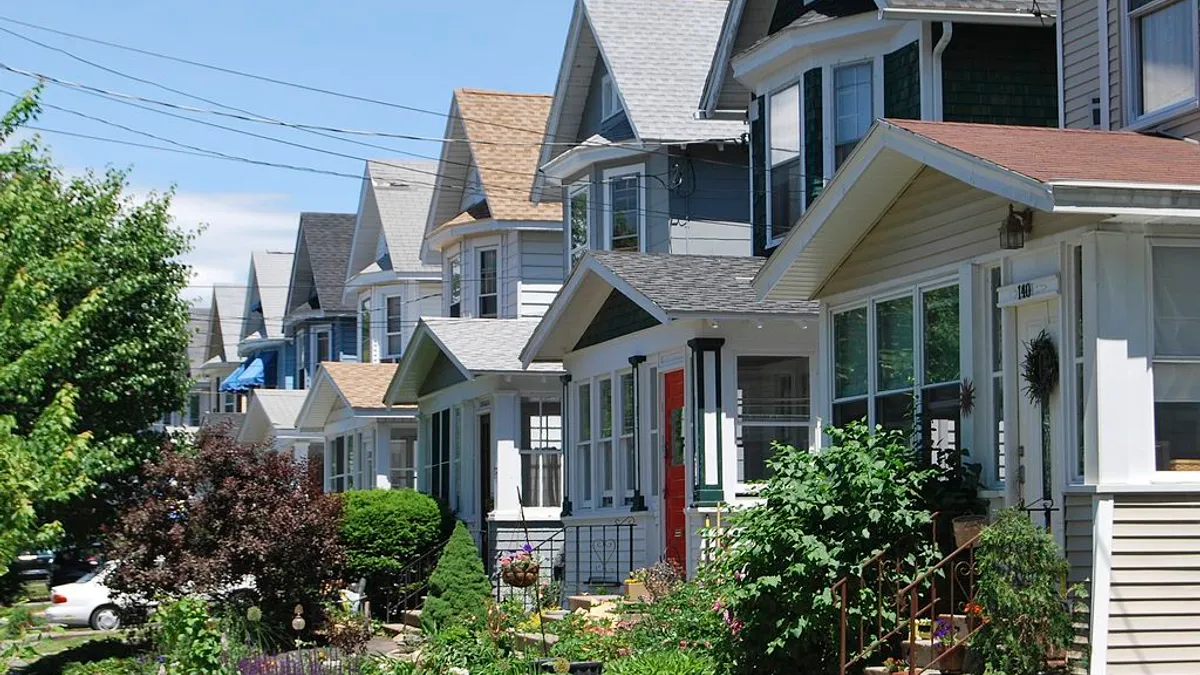Dive Brief:
- Rural households around the U.S. pay roughly 40% more of their paychecks than urban households on energy bills, according to a new report from the American Council for an Energy-Efficient Economy (ACEEE) and Energy Efficiency for All (EEFA). Rural households have a median energy burden — or the share of income that goes to energy costs — of 4.4%, while metropolitan ones have a burden of 3.1%.
- The energy burden can reach as high as 9% for some demographics, with the Northeast, Mid-Atlantic and East South Central (Kentucky, Tennessee, Mississippi and Alabama) having the highest regional burden for rural homes at 5.1%.
- Income level plays a role, since rural residents tend to make less and thus have to spend a higher share on energy. But rural areas are also typically less energy efficient and can lack efficiency programs and incentives that many cities have adopted.
Dive Insight:
In order to meet emissions reduction targets and to combat the impact of growing populations, many cities have prioritized energy efficiency. That’s taken the shape of updated building codes, transparency measures and incentives for citizens to invest in more efficient temperature control and appliances. Chicago, for example, has started to audit energy use at city-owned buildings and incentivize retrofits on public and private facilities, leading to changes that have cut energy use by 18% across 60 city-owned buildings.
But those policies are easier to execute in more consolidated cities, where a mayor or council can have greater say over building codes and other policies. Another barrier is the high up-front cost of efficiency upgrades, which low-income rural households may not be able to afford even considering the eventual energy savings. The report authors say this emphasizes the need for utilities and governments to extend incentive programs to more residents and ensure that more households can take advantage of retrofit opportunities.
"It’s unfortunate that rural Americans are bearing such a large energy burden, but the good news is that with the right programs and support from utilities and others, energy efficiency can go a long way toward solving this problem," said Khalil Shahyd, senior policy advocate at the Natural Resources Defense Council, in a statement. "It also makes homes more comfortable and avoids the power plant emissions that dirty our air, harm our health, and warm our climate."
The report highlights that Northeast rural homes have some of the highest energy burdens in the country, in part because they rely on oil for heating rather than propane. That’s despite Massachusetts traditionally ranking highly for its energy incentives — the state has topped ACEEE’s annual ranking of states’ energy efficiency efforts for seven straight years (Rhode Island and Vermont were also in the top five in the 2017 report). The state’s energy storage goals and a state bill that prioritizes efficiency over increases in energy production led to 3% energy savings in 2016; the trick is to extend those savings to all residents, including those outside of cities.











